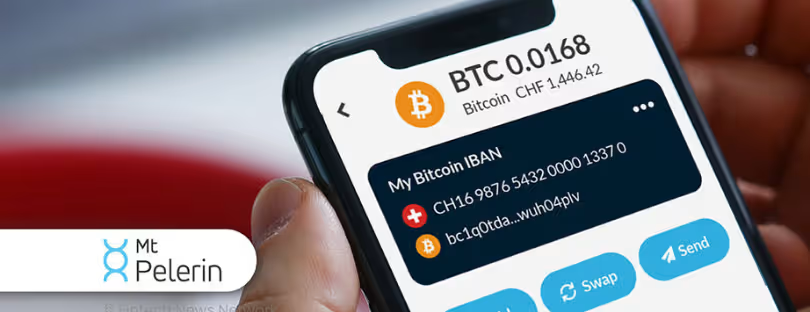
EU Council gives final approval to USB-C charging standard
The European Council gave its final approval to the common charger directive. This means that in 2024, a USB-C port will become mandatory in Europe for a whole range of electronic devices such as mobile phones, tablets, and headphones. It will no longer be necessary to buy a different charger every time you purchase a new mobile phone or similar device: all of them can be recharged using the same charger. usbc europe
Having a common charger will improve consumer convenience by harmonising charging interfaces and fast charging technology, and will significantly reduce electronic waste.
We all have at least three mobile phone chargers at home. Looking for the right charger, either at home or at work, can be quite annoying. On top of this, these chargers amount to 11.000 tonnes of e-waste every year. Having a charger that fits multiple devices will save money and time and also helps us reduce electronic waste.,
Jozef Síkela, Minister for Industry and Trade
The new rules usbc europe
The new rules will make a USB-C charging port mandatory for a whole range of electronic devices. This will mean that most devices can be charged using the same charger. For consumers to know exactly what they are buying, the directive introduces a pictogram that specifies whether a new device comes with a charger and a label indicating the charging performance.
The directive also allows consumers to choose whether to purchase a new device with or without a charger. This will not only save consumers money but will also reduce the electronic waste associated with the production, transportation, and disposal of chargers. Four years after the directive enters into force, the Commission will assess whether this unbundling of sales should be made mandatory.
Although becoming more popular, wireless charging has not yet been harmonized across devices. To enable this technology to become available for more devices, the Commission will work on harmonizing wireless charging for electronic devices and on interoperability based on technological developments.
Categories of devices concerned
The new rules will apply to a wide range of portable devices:
- mobile phones
- tablets and e-readers
- digital cameras and video game consoles
- headphones, earbuds and portable loudspeakers
- wireless mice and keyboards
- portable navigation systems
In addition, all laptops will also be covered by the new rules 40 months following the entry into force of the directive.
Background usbc europe
In 2020, EU consumers bought approximately 420 million electronic devices and, on average, they own three chargers to charge these electronic devices – of which they regularly use two. Despite this, 38% of consumers report having experienced problems charging their devices because no compatible charger was available. To address these issues, on 23 September 2021 the European Commission tabled a proposal for a common charger.
On 26 January 2022, less than a six months after the start of negotiations in the Council, member states unanimously agreed on the Council’s position on the common charger directive.
On 7 June 2022, the Council and the European Parliament reached a provisional agreement on the common charger directive, which was endorsed by EU member states’ representatives on 29 June 2022.
Next steps
Following the Council’s approval today of the European Parliament’s position, the legislative act was adopted.
After being signed by the President of the European Parliament and the President of the Council, it will be published in the Official Journal of the European Union and will enter into force 20 days after publication. The new rules will start to apply 24 months after the entry into force.










